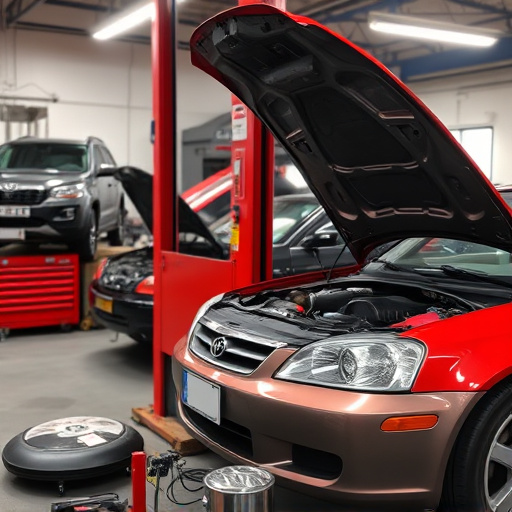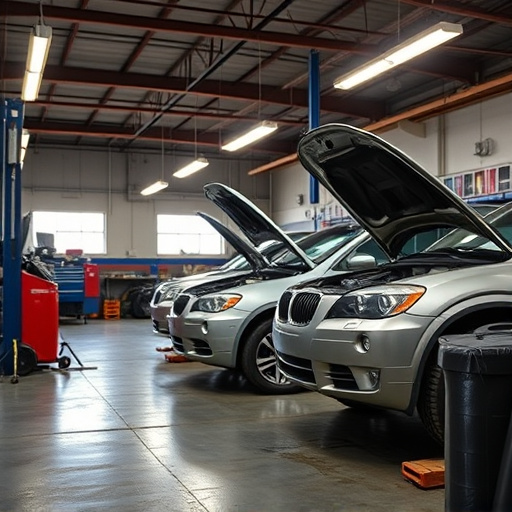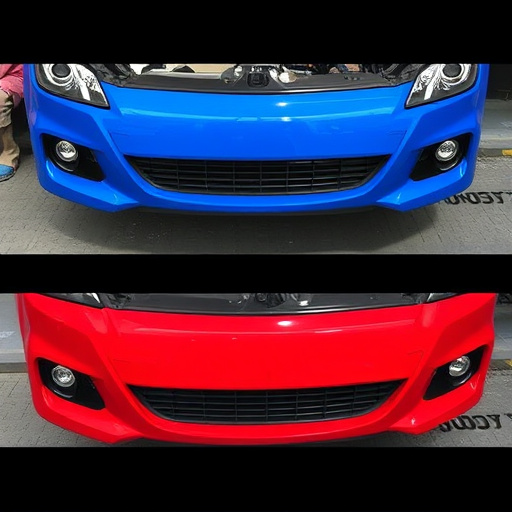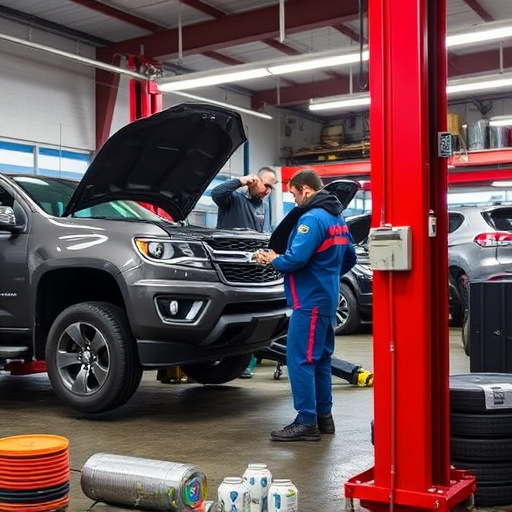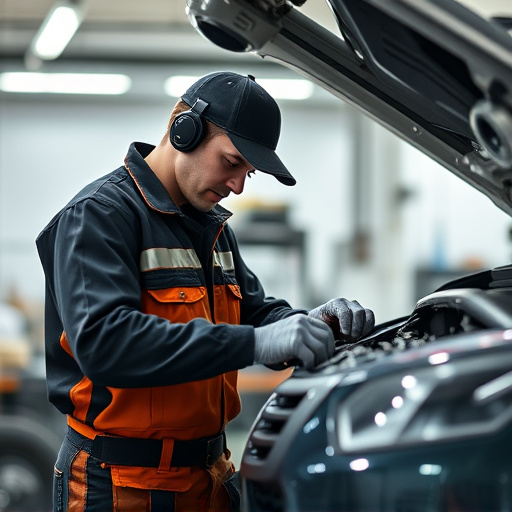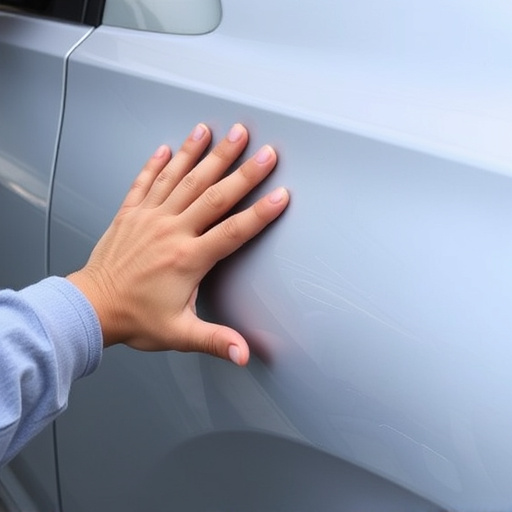Seam sealers are essential for vehicle restoration, offering structural integrity and aesthetic benefits by repairing and sealing joints, cracks, and gaps on interior and exterior surfaces. Choosing the right type, based on material and environmental factors, is crucial for long-term protection against water damage and corrosion, especially in collision repair or luxury vehicle settings.
Seam sealers are essential tools in vehicle restoration, offering durability and protection against moisture and corrosion. This article delves into the diverse world of seam sealer types, exploring their unique properties and specific uses. From understanding the distinction between silicone, polyurethane, and epoxy sealers to uncovering their varied applications in auto restoration projects, this guide equips restorers with knowledge to make informed decisions. Learn how choosing the right seam sealer can transform your restoration efforts, ensuring long-lasting results.
- Understanding Different Seam Sealer Types
- Applications: Using Seam Sealers in Vehicle Restoration
- Choosing the Right Sealer for Your Project
Understanding Different Seam Sealer Types
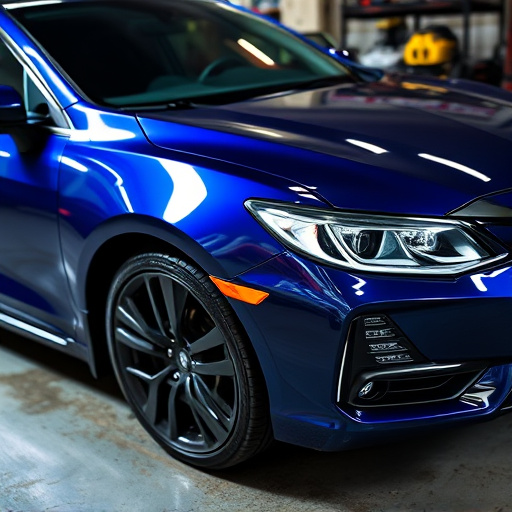
Seam sealers are essential products in vehicle restoration, offering various benefits tailored to specific needs. Understanding the different types is crucial when aiming for top-notch auto body services or repairs at an auto collision center. These sealers range from those designed for sealing minor cracks and gaps to more robust formulas suitable for heavy-duty applications. Each type utilizes unique mechanisms and ingredients to ensure lasting protection against moisture, corrosion, and other environmental factors.
In the realm of vehicle dent repair, the choice of seam sealer becomes pivotal in determining the final outcome. Water-based sealers, for instance, are eco-friendly and often used for interior restoration due to their low odor and fast drying time. On the other hand, silicone-based options provide superior weather resistance, making them ideal for exterior applications, especially in regions with harsh climates. Choosing the right seam sealer ensures not just cosmetic enhancement but also long-lasting structural integrity, a factor vital to any auto collision center’s success.
Applications: Using Seam Sealers in Vehicle Restoration
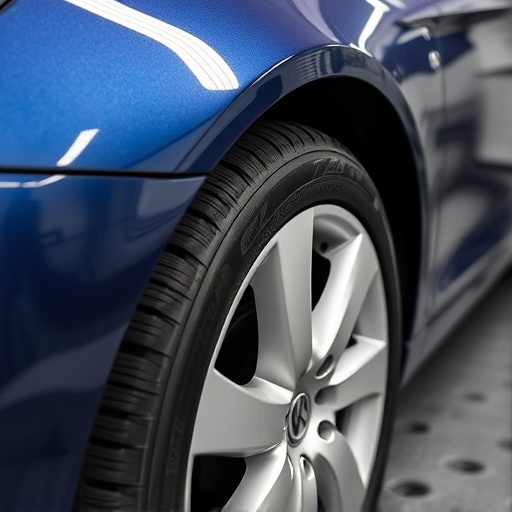
Seam sealers play a pivotal role in vehicle restoration, offering a range of applications that extend beyond mere aesthetics. In automotive body work, these versatile compounds are instrumental in repairing and sealing joints, cracks, and gaps on both interior and exterior surfaces. This is particularly crucial in collision repair centers and vehicle body shops, where precision and durability are paramount to ensuring structural integrity and water-tightness.
When restoring classic cars or repairing modern vehicles, seam sealers provide a protective barrier against moisture intrusion, preventing rust formation and compromising the vehicle’s structure over time. They also facilitate seamless (pun intended) integration of replacement parts, ensuring that repairs blend seamlessly with the original body panels, maintaining the vehicle’s overall quality and resale value.
Choosing the Right Sealer for Your Project

Choosing the right seam sealer is a crucial step in any vehicle restoration project, especially in automotive collision repair or luxury vehicle repair settings. The appropriate sealer ensures not only a strong bond but also long-lasting protection against water intrusion and corrosion. When selecting a seam sealer for your auto collision center or personal restoration project, consider the specific material you’re working with—be it metal, plastic, or composite. Each material type requires a compatible sealer to achieve optimal adhesion and durability.
Additionally, factors like environmental conditions, expected exposure to chemicals, UV light, or extreme temperatures play a significant role in choosing the best sealer. For outdoor applications on vehicles, weatherproof sealers are essential. In contrast, interior restoration projects might prioritize sealers with superior resistance to heat and fumes from automotive finishes. By understanding your project’s unique demands, you can select the most suitable seam sealer for a flawless finish that ensures the longevity of the repair in both luxury vehicle repair and auto collision repair settings.
In conclusion, understanding the various types of seam sealers and their specific uses is key to successful vehicle restoration projects. Whether you’re looking to fill gaps, prevent corrosion, or enhance structural integrity, the right seam sealer can make all the difference. By considering factors like material compatibility, environmental conditions, and desired outcome, restorers can choose the optimal sealer for each unique task, ensuring long-lasting repairs that stand the test of time.




